Herbert Henry Woollard, FRS (2 August 1889 – 18 January 1939) was an Australian academic, anatomist and army medical officer. [1]
Woollard was born in Horsham, Victoria and educated at the University of Melbourne, where he was awarded an MD.
When the First World War started in 1914 he enlisted in the Australian Army Medical Corps (A.A.M.C.) and was appointed Regimental Medical Officer to the 2nd Field Artillery Brigade at Gallipoli. He later served with the A.A.M.C. in France and was wounded at the Battle of Pozières. At the end of the war he was awarded the Croix de Guerre and demobilised in London.
After studying surgery for the Royal College of Surgeons examination he decided to become an anatomist and took a post as anatomy lecturer at University College London. He was also able to spend some time in America in 1921 on a Rockefeller scholarship doing investigative work at Johns Hopkins Medical School. From 1923 to 1927 he was assistant professor of anatomy at University College, London and then, after two years as Professor of Anatomy and Histology at the University of Adelaide (1928–29) and seven years as Professor of Anatomy at St Bartholomew's Hospital Medical College, London (1929–36), was appointed Professor of Anatomy at the University of London, where he was awarded a DSc. During these two roles, he collaborated with medical artist Zita Stead. [2] Woolard was also editor of the Journal of Anatomy between 1936 and 1938. [3] [4]
He was elected a Fellow of the Royal Society in 1938 for, as his application citation said, he was "distinguished for his researches in Human and Comparative Anatomy, Neurology and Physical Anthropology". [5]
He died in London, England in 1939. He had married Mary Wilson Howard and had two sons.

John Hunter was a Scottish surgeon, one of the most distinguished scientists and surgeons of his day. He was an early advocate of careful observation and scientific methods in medicine. He was a teacher of, and collaborator with, Edward Jenner, pioneer of the smallpox vaccine. He paid for the stolen body of Charles Byrne, and proceeded to study and exhibit it against the deceased's explicit wishes. His wife, Anne Hunter (née Home), was a poet, some of whose poems were set to music by Joseph Haydn.
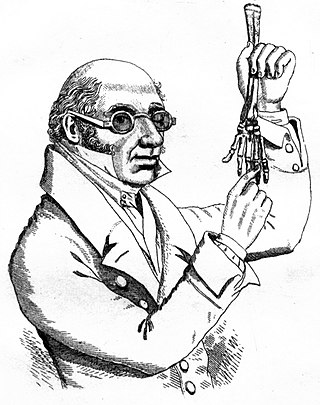
Robert Knox was a Scottish anatomist and ethnologist best known for his involvement in the Burke and Hare murders. Born in Edinburgh, Scotland, Knox eventually partnered with anatomist and former teacher John Barclay and became a lecturer on anatomy in the city, where he introduced the theory of transcendental anatomy. However, Knox's incautious methods of obtaining cadavers for dissection before the passage of the Anatomy Act 1832 and disagreements with professional colleagues ruined his career in Scotland. Following these developments, he moved to London, though this did not revive his career.

Charles Creighton was a British physician and medical author. He was highly regarded for his scholarly writings on medical history but was widely denounced for disputing the germ theory of infectious diseases.
Frederic Wood Jones FRS, usually referred to as Wood Jones, was a British observational naturalist, embryologist, anatomist and anthropologist, who spent considerable time in Australia.
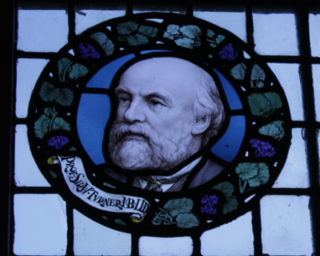
Sir William Turner was an English anatomist and was the Principal of the University of Edinburgh from 1903 to 1916.

Sir Charles James Martin was a British scientist who did seminal work on a very wide range of topics including snake toxins, control of body temperature, plague and the way it was spread, dysentery, typhoid and paratyphoid, nutrition and vitamin deficiencies, proteins, and myxomatosis as a means of controlling rabbit populations. He was a director of the Lister Institute of Preventive Medicine, serving from 1903 to 1930.

John Sebastian Bach Stopford, Baron Stopford of Fallowfield KBE FRCS FRCP FRS was a British peer, a physician and anatomist, and a vice-chancellor of the University of Manchester. Lord Stopford was described as "one of the greatest anatomists of this century".

Jeffrey Todd Laitman is an American anatomist and physical anthropologist whose science has combined experimental, comparative, and paleontological studies to understand the development and evolution of the human upper respiratory and vocal tract regions. He is a Distinguished Professor of the Icahn School of Medicine at Mount Sinai in New York City where he holds other positions, including professor and director of the Center for Anatomy and Functional Morphology, Professor of Otolaryngology and Professor of Medical Education.

William Charles Osman Hill FRSE FZS FLS FRAI was a British anatomist, primatologist, and a leading authority on primate anatomy during the 20th century. He is best known for his nearly completed eight-volume series, Primates: Comparative Anatomy and Taxonomy, which covered all living and extinct primates known at the time in full detail and contained illustrations created by his wife, Yvonne. Schooled at King Edward VI Camp Hill School for Boys in Birmingham and University of Birmingham, he went on to publish 248 works and accumulated a vast collection of primate specimens that are now stored at the Royal College of Surgeons of England.

James Macartney was an Irish anatomist. He began life as an Irish volunteer in 1780, and was afterwards educated at the endowed classical school at Armagh, and then at a private school. He was associated for a time with the Sheares brothers and Lord Edward Fitzgerald, the United Irishmen but, being dissatisfied with their programme, he cut himself adrift and began to study medicine.
Andrew Arthur Abbie, also known as A. A. Abbie was an Australian anatomist and anthropologist.

Wynfrid Lawrence Henry Duckworth was a British anatomist, and former Master of Jesus College, Cambridge. The Duckworth Laboratory at Cambridge University is named after him.
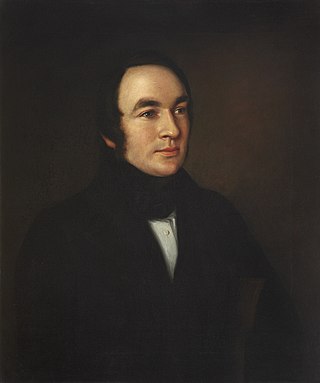
John Reid was a Scottish physician and academic, known as an anatomist and physiologist.
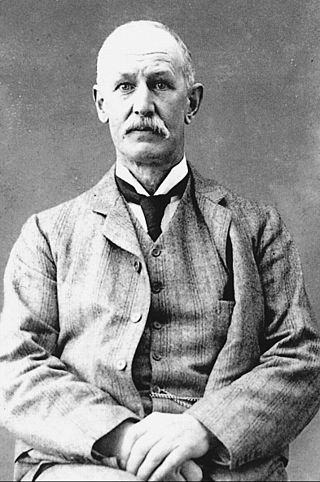
Daniel John Cunningham, was a Scottish physician, zoologist, and anatomist, famous for Cunningham's Text-book of Anatomy and Cunningham's Manual of Practical Anatomy.
Richard James Arthur Berry FRSE FRCSE (1867–1962) was a British-born surgeon and anatomist who was well-known in Australia. He was author of several internationally recognised books in his field.

Prof Thomas Hastie Bryce LLD FRS FSA FRSE was a Scottish anatomist, medical author and archaeologist. He was Regius Professor of Anatomy at the University of Glasgow 1909 to 1935 and also Curator of the Hunterian Museum in Glasgow. He is primarily remembered for his work on human embryology and comparative anatomy. His students referred to him as Tommy Bryce.
Thomas Wingate Todd was an English orthodontist who is known for his contributions towards the growth studies of children during early 1900s. Due to his efforts, Charles Bingham Bolton Fund was established. He served as editor in chief of several journals over his lifetime.
Michael Aloysius MacConaill, MRIA, FLS was an Irish medical doctor, anatomist, author, and activist.
Thomas Walmsley FRSE (1889–1951) was a 20th-century Scottish anatomist who became Professor of Anatomy at Queen's University, Belfast.
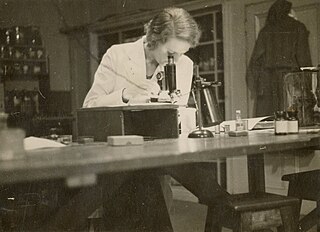
Zita Mary Stead Blackburn was a medical illustrator and one of the founders of the Medical Artists Association of Great Britain.